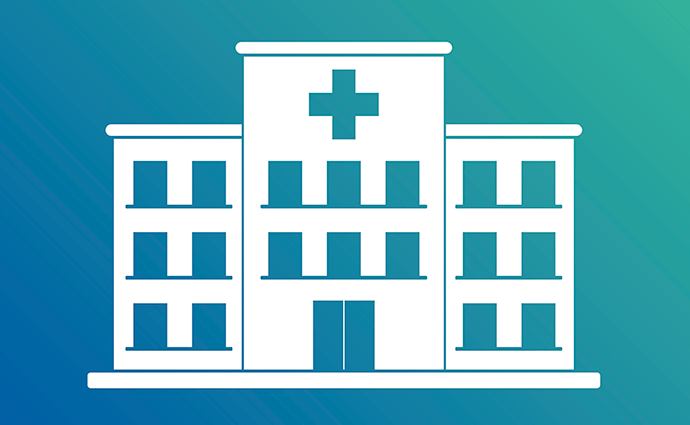MSSP ACOs Taking on Downside Risk See Smaller Savings
Accountable care organizations (ACOs) that shouldered downside financial risk produced fewer savings for Medicare when compared to upside risk models.

Source: Thinkstock
- Medicare Shared Savings Program (MSSP) ACOs that take on downside risk generate smaller savings than upside risk ACOs, according a Center for Healthcare Quality and Payment Reform (CHQPR) analysis.
In 2016, the average annual cost of care per beneficiary for Track 2 and Track 3 ACOs was $10,750. Next Generation ACOs spent just over $10,750, while Pioneer ACOs spent $12,250 per beneficiary per year.
By comparison, the cost of care per beneficiary in upside risk ACOs (MSSP Track 1) averaged $10,500, which was between $1,750 and $250 lower than downside risk ACO costs.
The analysis follows proposed actions from CMS leaders to transition more upside risk ACOs into downside risk agreements.
CMS Administrator Seema Verma recently told the American Hospital Association that her agency is committed to engaging more MSSP ACOs into downside risk agreements in order to generate greater savings for Medicare.
READ MORE: How Payer Philanthropy Can Address Social Determinants of Health
However, CHQPR contends that reducing or limiting the number of upside-only ACOs and expanding the number of downside risk ACOs are not effective methods for reducing spending across Medicare.
“Some policymakers and healthcare theorists have promoted the idea that the best or even the only way to eliminate the financial losses in the ACO program is to remove the opportunity for upside-only shared savings and require all ACOs to take downside risk,” CHQPR said.
“However, a careful analysis shows that such a requirement would likely make things worse, not better.”
CHQPR believes that CMS should develop alternative policies for Track 1 ACO in order to ensure adequate levels of shared savings.
The authors said that CMS should drop Track 1 ACOs if they can’t generate savings after two years. Just under half of the ACOs in Track 1 were unable to create savings for Medicare in 2016 or generate cumulative savings in a three-year period from 2014 through 2016.
READ MORE: GAO Appoints Public Policy, Payment Experts to MedPAC
“If the ACOs that had failed to achieve savings in both 2014 and 2015 had been dropped from the program at the end of 2015, Medicare would have received net savings of $120 million from the remaining 331 Track 1 ACOs in 2016, four times as much as the $33 million it received from the 22 ACOs with downside risk,” CHQPR said.
CMS should also cut shared savings payments to ACOs that incur significant financial losses before the ACOs are able to generate program savings, according to CHQPR’s analysis.
CHQPR found that CMS could have reduced overspending on Track 1 ACOs by several million dollars by cutting payments to financially inefficient ACOs. In 2016, Track 1 ACOs received $96 million in shared savings payments after experiencing a cumulative net loss in 2014 and 2015.
“Eliminating these payments would have enabled Medicare to receive $24 million in net savings in the Track 1 program in 2016 instead of the loss it actually experienced that year,” CHQPR added.
CHQPR recommended that CMS should reduce the shared savings payment rate by 10 percent for Track 1 ACOs, from 50 percent to 40 percent.
READ MORE: Preventing Provider Fraud through Health IT, Data Analytics
“If the shared savings rate had been reduced to 40 percent in 2016 instead of 50 percent, the net savings for Medicare from the Track 1 ACOs would have been greater than the savings from the ACOs in the downside risk Tracks in 2016,” CHQPR said.
CHQPR also contends that downside risk ACOs should not be held accountable for total spending, since it may not be feasible for providers to control certain spending factors. The authors suggested that CMS needs to create specific spending accountability thresholds for ACOs and borrow similar techniques from the commercial insurance market.
“Rather than trying to adjust the percentage of total spending for which the ACO will be at risk, it would make more sense to adjust the types of spending for which it will be at risk,” CHQR said. “In the private sector, when a physician practice or health system signs a capitation or other risk-based contract with a commercial health plan, it doesn’t take risk for every possible type of spending.”
CHQPR concluded by recommending that a patient-centered alternative payment model (APM) could help CMS create more savings in the Medicare program. The authors believe that the APM would increase provider accountability for specific and controllable spending factors.
The APM, which is developed by CHQPR, works by allowing a patient to choose a care team that addresses a specific healthcare concern. The care team would then earn reimbursement by reducing unnecessary services and providing treatment that leads to optimal patient outcomes.
“Patient-centered APMs could provide a mechanism for the ACO to ensure that each team has the resources it needs to deliver the care patients need and that each team takes accountability for the aspects of overall spending and quality that it can control,” CHQPR concluded.
